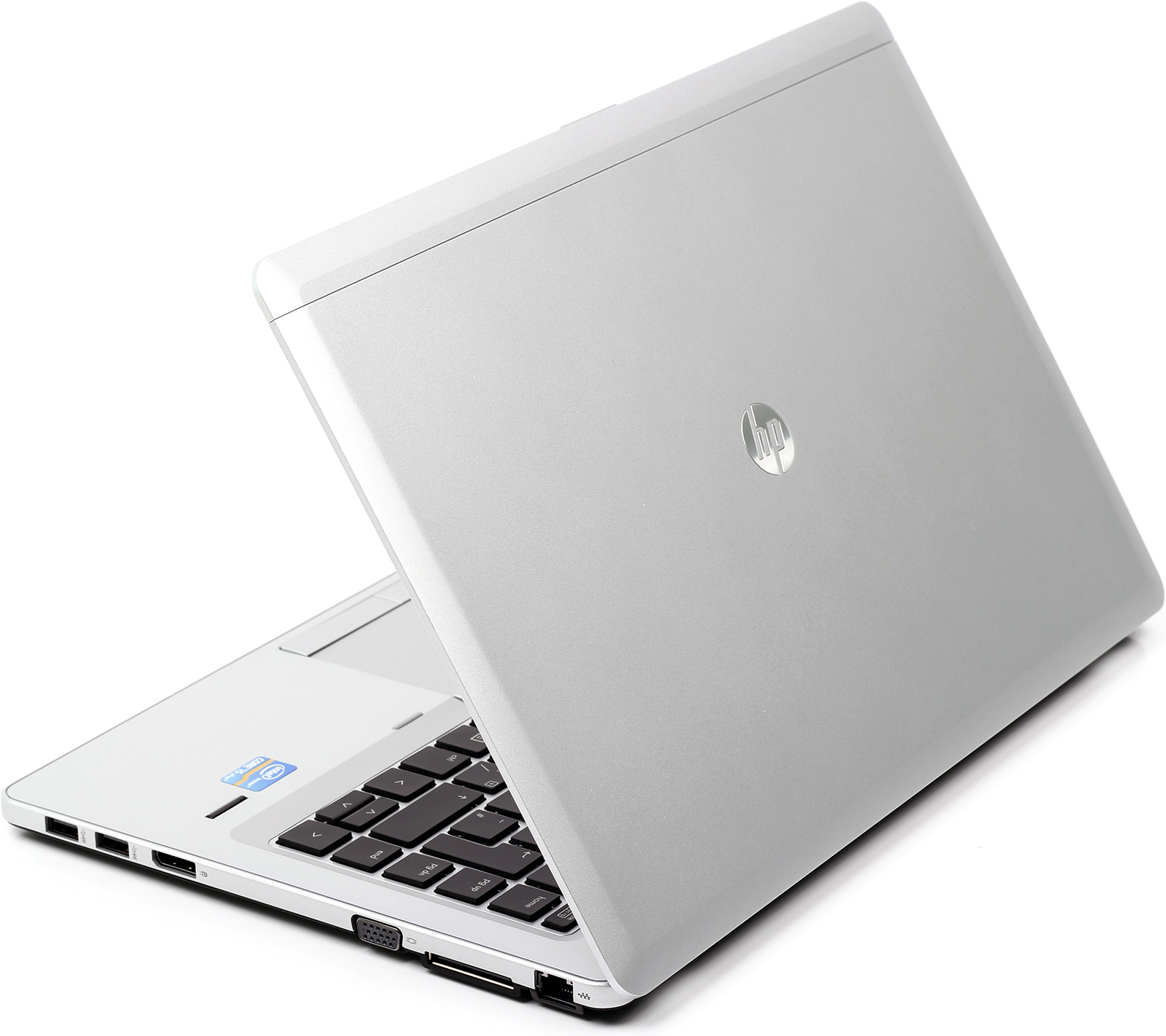
I’d prefer a heavier bass and clearer mids on songs like Doja Cat’s Need To Know and Maroon 5’s Lost, but the sound quality was better than many other laptops. On the other hand, HP’s audio setup here is surprisingly strong. I’ve spent most of last year using the Samsung Galaxy Book Flex as my main driver, and compared to its QLED display, the Elite Folio’s LCD looks uneven and dim.

While I like the taller aspect ratio and the 1920 x 1280 resolution makes images and text look crisp on the 13.5-inch panel, I struggled to see most things under sunlight. It’s worth noting that the Surface Laptop 4 has the same aspect ratio but its bezels are slightly thinner.Ĭhunky borders aren’t that big of a deal (plus it makes it easier to pop the screen out without accidentally launching an app). The thick top bezel makes the Elite Folio’s 3:2 panel look extra tall, though that could just be my eyes adjusting after spending most of my time on a 16:9 system. I also appreciate the mechanical privacy shutter here, though I wish the top bezel were a little slimmer.
Hp elitebook folio 720p#
While there isn’t a fingerprint sensor for logins, you can use face recognition via the 720p infrared hybrid webcam. Speakers flank the keyboard and a USB-C port sits on each side of the machine, with a headphone jack on the right. Honestly, it’s a little hard to find if you don’t know where to look: I had to ask HP where my SIM card should go. This little slot, by the way, is also where you’ll find the SIM card tray - it’s tucked away under the right end. The hinge is sturdy enough to hold the screen at any angle, and the little slot between the display and keyboard that houses and charges the included HP Slim Active Pen is convenient. When the laptop is all set up though, everything works as it should. This happens about 50 percent of the time - I wish there were a lock to keep the screen in place when I don’t want it to slide forward. Because it has a pull-forward screen, sometimes the panel pops out of the lid when I’m just trying to open it into laptop mode. And perhaps by that time, the Force(Pad) will grow stronger on us.Opening the Elite Folio is a bit tricky, though. With a Haswell chip and SSD on its side, the EliteBook Folio could very well deliver. HP promises "all-day battery life" from the EliteBook Folio, which will be the true test of whether this ultrabook offers the best of both worlds.

But touchpads are fine the way they are, especially for the enterprise crowd. Artists and creative professionals might appreciate the ForcePad.


It simply feels strange to press down and feel nothing, despite Synaptics's audible "click" that comes from the speakers whenever pressure is applied. The ForcePad will evoke some "oohs" and "ahhs", but this new approach brings a learning curve. And applying pressure to an icon for simple "click and drag" gestures was a breeze. Increasing pressure in any direction on the right side of the touchpad - rather than glide two fingers - to scroll displayed pinpoint accuracy. The result is impressive, albeit unnecessary, in HP's first-ever go at the technology. This Synaptics-built touchpad eschews the mechanical click of most single-button touchpads and instead uses four pressure-sensitive sensors under the capacitive sensor array. HP's attempt to meet form and function comes through most in the EliteBook Folio's ForcePad.


 0 kommentar(er)
0 kommentar(er)
